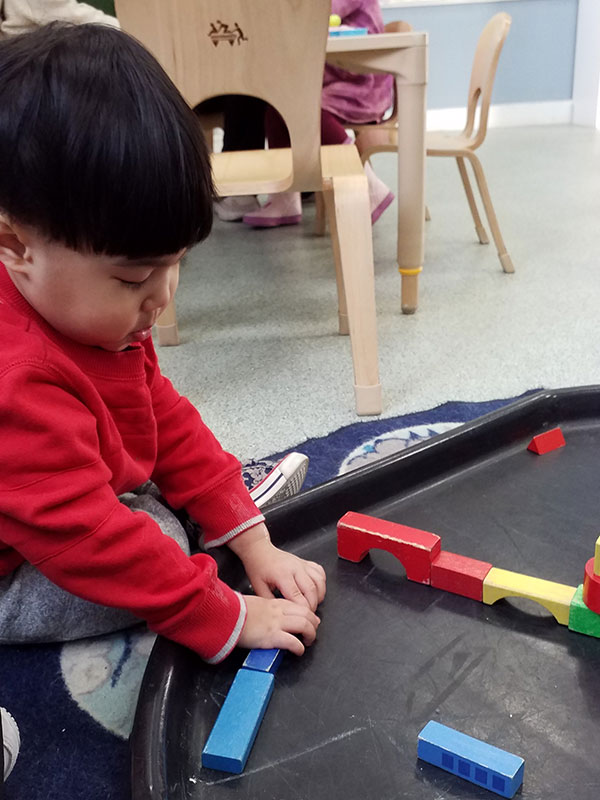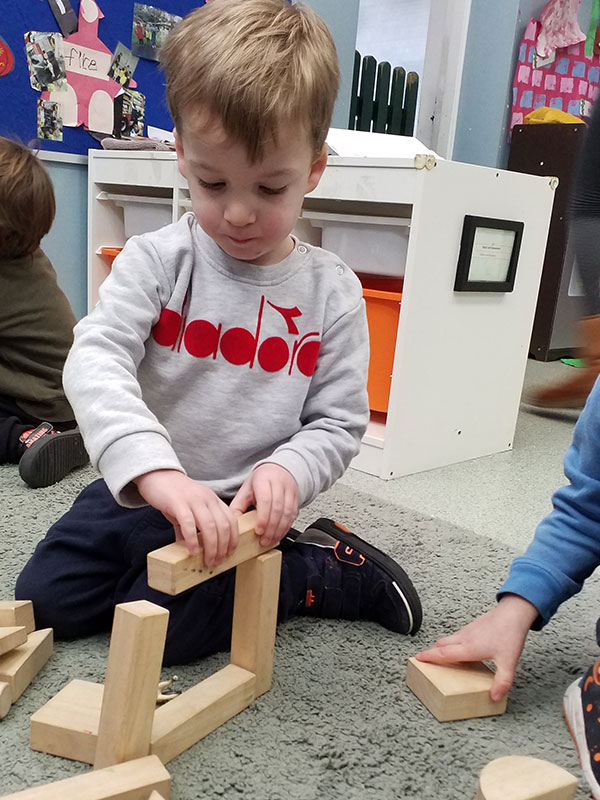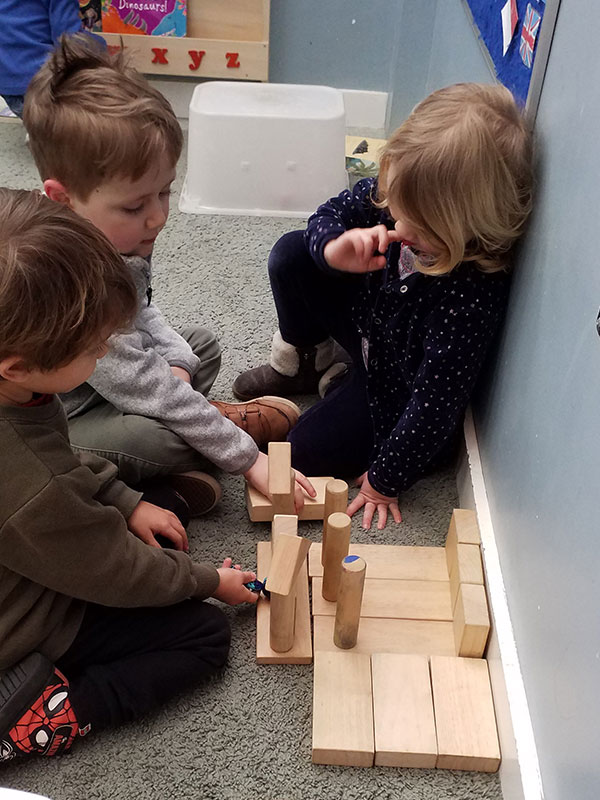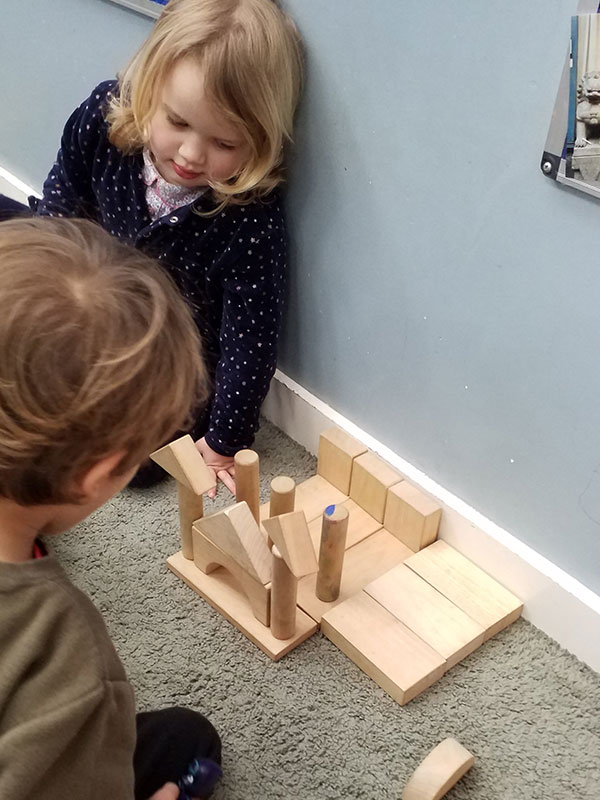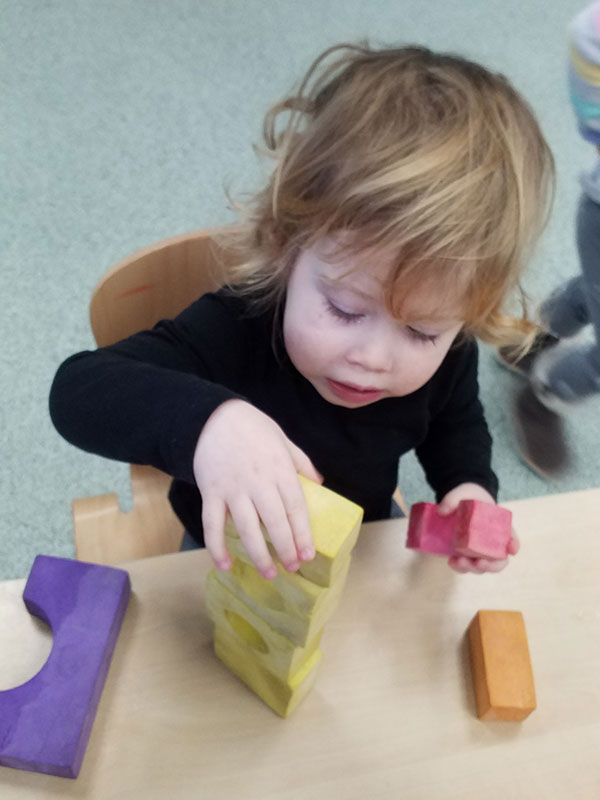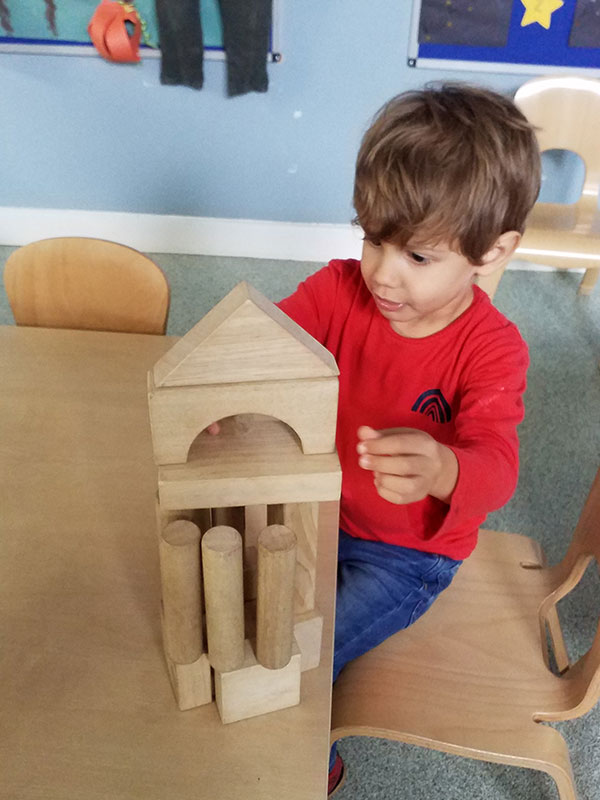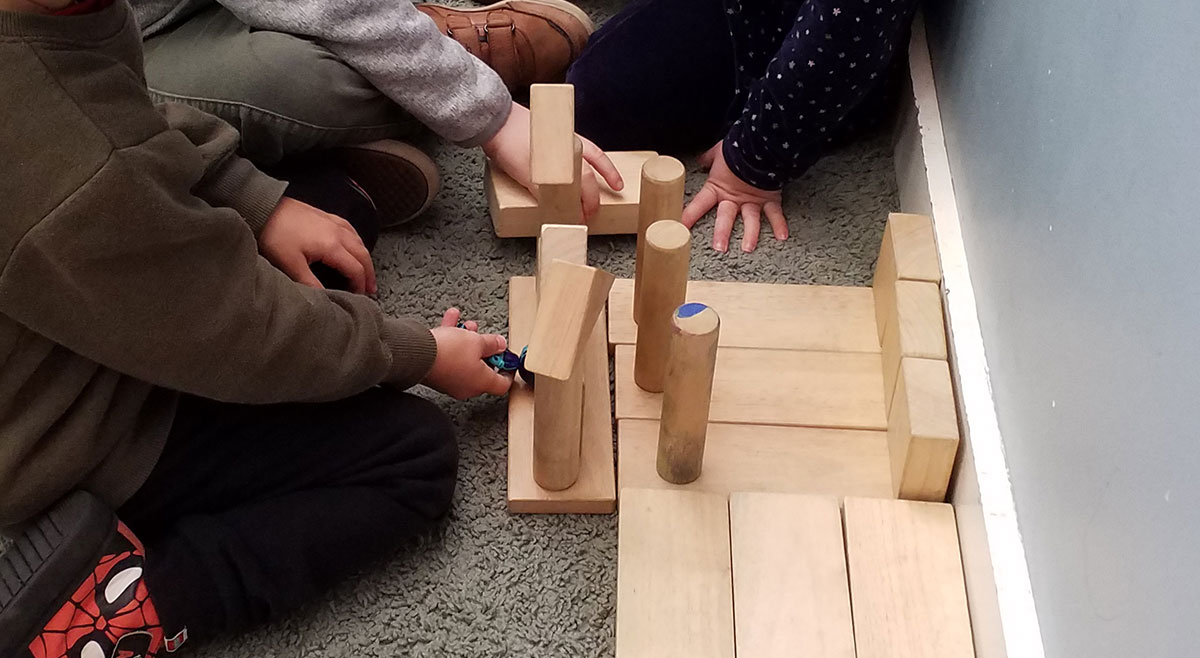Children have played with blocks for many years and we all definitely have some memories from our childhood when we built and created with wooden blocks. There are so many educational benefits of block play in early childhood and nobody ever thinks about how important those benefits are or how playing with blocks helps a child’s development. Usually, when it comes to playing, traditional toys and equipment are the ones that still provide the most educational benefits.
But what exactly block play is and why it is so beneficial for children?
Block play is a form of open-ended play where there are no set rules and children can feel in full control. Children can be imaginative, they can develop their social skills, improve their hand-eye coordination, can negotiate, learn about their space and explore forces. It is adaptable for many ages and stages of development and it is a versatile learning technique. It is famous for its simplicity, it provides very simple and sustainable entertainment for young children.
Block play is the process of learning through playing with blocks. We can all picture a baby stacking blocks on top of each other to build a tower and then knocking it over, we can also see a toddler putting blocks next to each other to make patterns and we can easily picture preschool-aged children building castles for their small world toys whilst negotiating their ideas with their peers. Simple, right? The same resources – wooden blocks – but many different ways to explore, play and learn with little or no guidance or adult input.
How does playing with blocks help a child’s development?
Block play is developmental, for it progresses as a child discovers and applies new possibilities.
Providing toddlers and young children with blocks to play with has many benefits for their learning and development. What children learn through block play is priceless and the best thing about it is that children do not even realize they are actually learning. Furthermore, the real value of block play is that it brings them pure joy while playing.
Blocks are a great way to introduce toddlers and pre-schoolers to many concepts for the first time. Let’s see some of the prime learning areas from the EYFS Statutory Framework where block play is a great teaching tool.
When children build with blocks, they focus, they become absorbed in their activity for an extended length of time, and they boost their attention span. They also learn to cooperate and will learn to take turns and share materials. (PSED)
Children also develop their language and communication skills through block play with other children. As they discuss the structure of the blocks and what it’s meant to represent, children will expand their vocabulary to include more shape, size, and positional language. (Communication and Language)
Block play is excellent for the children’s Physical Development as it involves both fine and gross motor skills. Depending on the size of the blocks, children may need to practice precise finger movements to balance blocks on top of each other or they may need to use their lifting and carrying skills when making large structures.
The stages of block play
As it is mentioned above, it is important to understand that children’s play with blocks will change over time as their knowledge, understanding, and experience deepen. When Practitioners are aware of these stages, it allows them to support children’s learning and provide what they need in order to take the next step.
Let’s have a look at the stages of block play.
Carrying
At this stage, there is no actual building happening. Practitioners will see the babies knock down structures built by others, they will see them carry the blocks around and also exploration will take place when babies use their senses. They will touch, smell, and taste the blocks.
Stacking
In the stacking stage, children will make different-sized towers and rows of blocks. There will be many repetitions seen in the children’s “building.” We will probably see the children experimenting with both vertical and horizontal placement. For instance, they will be seen laying all the blocks out in rows on the floor or stacking them on top of each other with great concentration. In this stage, children will repeat patterns until they work out the next step in the stages of block play.
Bridging
This stage is called bridging because children start by placing two blocks apart to support the third block, which creates a “bridge”. Children can become confused at this stage and it takes time and lots of experimentation and trial and error but eventually they will discover how to balance the blocks and construct strong bridges and passages. During this stage, children’s imagination will emerge as they start supporting their play with the use of props such as cars and will turn blocks into “roads” and actual “bridges”.
Enclosures
At around the age of 4, children move from building bridges into creating enclosures by closing up spaces with their block creations and structures. By this stage, children will have a cognitive understanding of knowing which direction to place the blocks to enable this to happen. They will use their problem-solving skills and also their spatial awareness skills are already developed enough to successfully close in areas on purpose.
When this starts to happen, children will automatically start to associate their structures and creations with things such as a castle for their small-world people or a garage for their trucks. This is the start of their dramatic play with blocks and all those complex buildings and enclosures will become the scenes of their imaginative play.
Complex structures and symmetry
In this stage, we will see lots of symmetry, patterns, and balancing. Children will be using their mathematical skills such as sorting and matching whilst creating their complex structures. They will use all their previous knowledge from other stages which is now evident in their creations. Children will be using a large number of blocks to create enclosures, towers, bridges, roads, and specific patterns within the same structure. They will name their structures and next to their imagination, creativity will appear in their play. It is the perfect time to offer loose parts
Dramatic Play with complex structures
At this stage, children will share what they are going to build and structure, which shows us that they already have a plan on their mind before they actually start creating. They also collect all the necessary items they need to support their play e.g. rocks, and pebbles too. We may even notice that some children plan and negotiate with others to create a predetermined structure. They may work together cooperatively or individually.
